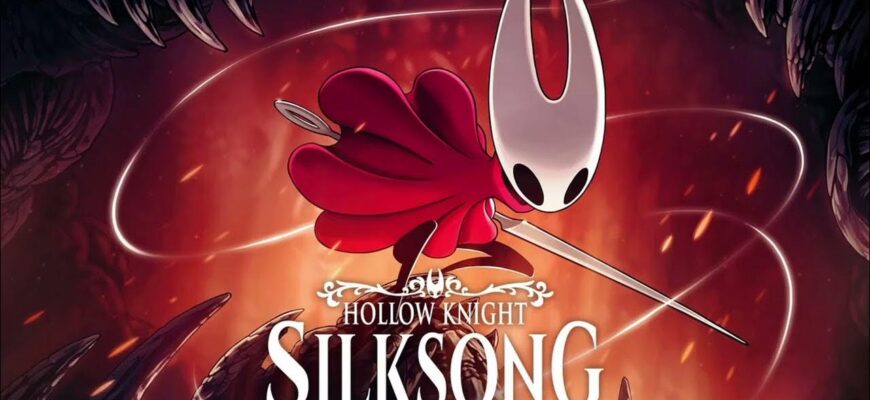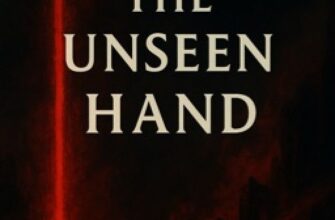The collective breath of the gaming world has been held for six long years, perhaps a new record for digital lung capacity. Now, the veil has finally lifted, offering a tantalizing glimpse into Hollow Knight: Silksong. This isn`t just a sequel; it`s an event, a digital pilgrimage that has momentarily brought online storefronts to their knees, demonstrating precisely what happens when anticipation reaches critical mass.
Having ventured into the vibrant, yet perilous, lands of Pharloom for a precious few hours, it`s clear: Silksong is not merely building upon its predecessor`s celebrated foundation. It`s constructing an entirely new edifice, an intricate and expansive adventure that feels both familiar and refreshingly distinct. This is a preview, a mere tasting of what promises to be a lavish feast, but even this initial bite reveals a game brimming with innovation and a confident stride into uncharted territory.
Hornet`s Grand Entrance: A New Protagonist, A New Tale
Our journey begins not with the silent, stoic Knight, but with the lithe and outspoken Hornet. Abducted by mysterious insects and spirited away to the foreign realm of Pharloom, her unique ability to produce silk becomes the focal point of a grand, unfolding narrative. After a daring escape from the clutches of her captors, she plummets into the unknown depths, and thus, our adventure truly begins.
From the outset, Hornet distinguishes herself. Her movements are quicker, more fluid, a significant departure from the Knight`s more deliberate grace. This newfound agility is immediately apparent: she can now effortlessly cling to ledges and hoist herself up, a seemingly minor tweak that fundamentally alters the rhythm of platforming. Gone are the moments of pixel-perfect jumps teetering on the brink; in Silksong, a firm grip often awaits, offering a welcome, if not entirely unchallenging, safety net.
Furthermore, Hornet isn`t the stoic, silent protagonist we`ve grown accustomed to. She has a voice, a personality, and a polite yet firm demeanor that shines through in her interactions. Addressing NPCs with formal respect, she`s equally capable of putting impertinent characters in their place. This shift from enigmatic silence to an expressive hero hints at a more direct, perhaps even more character-driven, narrative than the lore-riddle approach of the original. Less deciphering ancient tablets, more active participation in a living world, a direction that feels less Dark Souls and a touch more The Witcher in its storytelling philosophy.
The Dance of Silk and Steel: Evolved Mechanics
The changes extend far beyond Hornet’s character. The very fabric of gameplay has been rewoven. The familiar `Soul` system is replaced by `Silk,` which functions similarly for active skills but offers a different approach to healing. Instead of partial, incremental health restoration, Hornet expends a full charge to regenerate three health notches at once. This demands a more strategic approach to resource management, a calculated risk versus reward in the heat of combat.
Hornet`s mobility expands rapidly. Her dash evolves into a seamless sprint, dramatically increasing the pace of traversal and combat encounters once unlocked. Perhaps the most significant shift for veterans, however, lies in the combat itself: the iconic downward strike, or `pogo,` is gone. In its place, Hornet performs a diagonal dive. While still effective for bouncing off enemies, this mechanic demands a complete recalibration of muscle memory. Those who mastered Hallownest`s infamous `Path of Pain` with rhythmic pogoing may find Pharloom`s equivalent routes a new, exquisitely agonizing challenge, transforming cherished techniques into fleeting memories.
Beyond her trusty needle, Hornet wields an arsenal of tools and consumables. She can craft and deploy pins, with a limited count replenishing at benches, adding a layer of ranged strategy to encounters. A new currency, `Shell Shards,` drops from defeated foes, serving as the raw material for crafting these items and eventually expanding her carrying capacity for even more intricate traps and gadgets purchased from NPCs. This expanded toolkit pushes the combat and exploration into a subtly more tactical domain, allowing for greater player expression in tackling the myriad threats of Pharloom.
Pharloom`s Allure: A World Reimagined
Stepping into Pharloom is like entering a new season. Gone are the gothic, melancholic hues of Hallownest. Pharloom bursts with a different kind of beauty: vibrant green fields, bustling forges, and, quite unexpectedly, even fiery volcanoes. The local populace, a fascinating array of religiously fervent insects obsessed with music, creates an atmosphere distinct from the somber silence of the old kingdom. Even the currency has changed, with glittering `beads` replacing the familiar `Geo` and charming, dog-like carriers replacing the venerable Stagways.
This world feels alive, populated by a significantly higher number of friendly NPCs eager to converse and, crucially, to offer quests. While these initial quests are straightforward – gather items, eliminate a specific number of enemies, or rescue an assortment of tiny critters – they inject a sense of purpose and direction that was often left to player initiative in the original. Progress is conveniently tracked in a dedicated menu, further cementing this more guided, yet still expansive, exploration experience.
And then there`s the sound. Christopher Larkin, the maestro behind Hallownest`s unforgettable score, returns to weave Pharloom`s sonic tapestry. While perhaps less reliant on the haunting piano motifs of the first game (or perhaps I simply haven`t reached those locales yet), the soundtrack is, predictably, a magnificent work of art. It complements the new environments perfectly, deepening the immersion in this beautifully rendered, “juicier” art style that genuinely justifies Team Cherry’s meticulous development period.
Beyond Hallownest`s Shadows: An Early Verdict
Hollow Knight: Silksong, even in its nascent hours, feels like a triumph. It’s a bold evolution rather than a safe iteration, embracing new mechanics, a more direct narrative, and a profoundly different aesthetic while retaining the core Metroidvania excellence that defined its predecessor. For those yearning to revisit the melancholic depths of Hallownest, Pharloom offers a new flavor – a dark fantasy with eastern motifs, bustling life, and a distinct character all its own.
The original Hollow Knight was, for many, the pinnacle of the Metroidvania genre. Silksong has all the makings, and indeed, shows every indication of becoming bigger, better, and more intricate. To bestow a perfect score at this juncture would be premature, but the sheer quality, ambition, and joy radiating from these initial hours suggest that Team Cherry is once again crafting something truly special. The wait has been long, but if this preview is any indication, it will have been entirely worth it.









